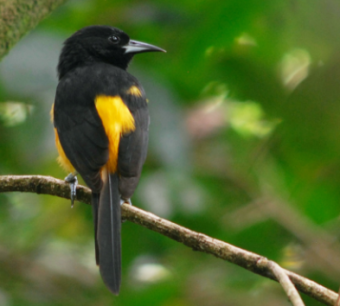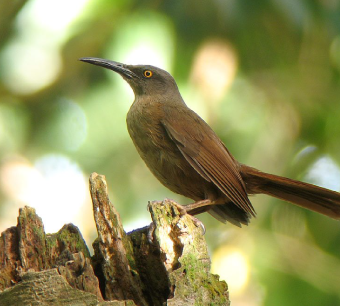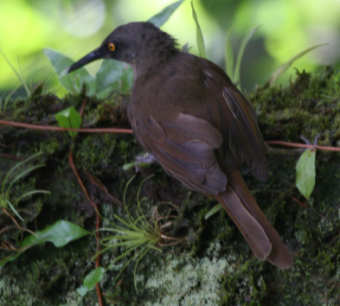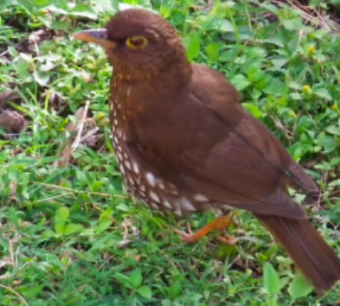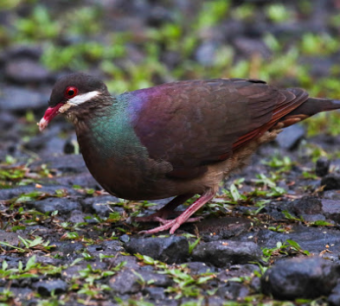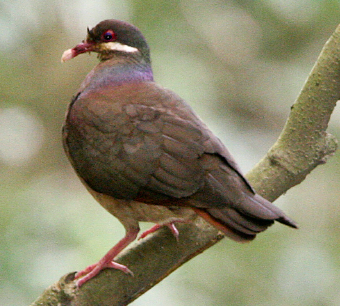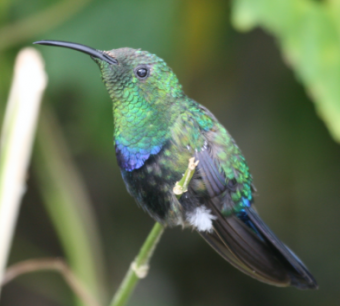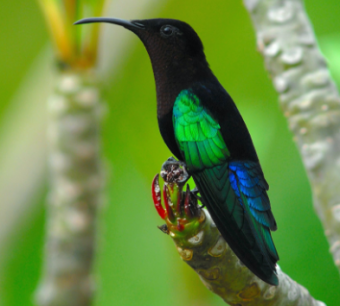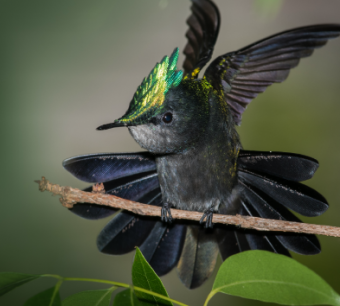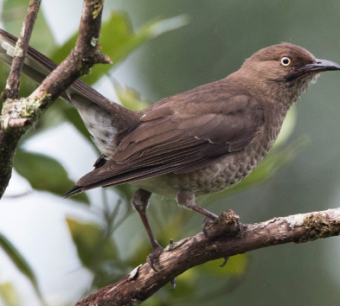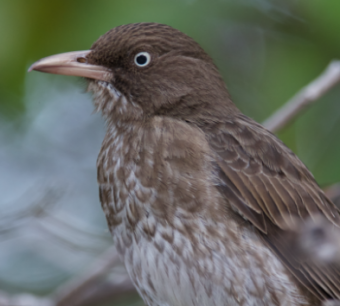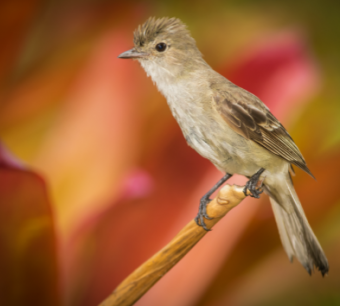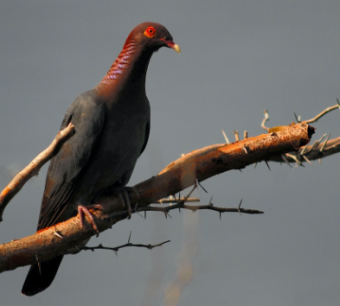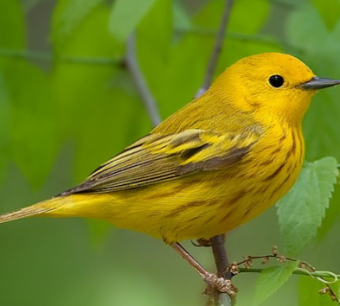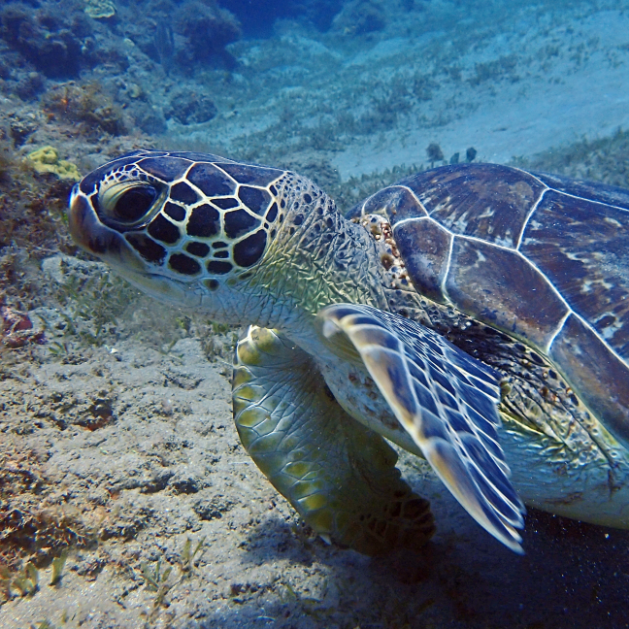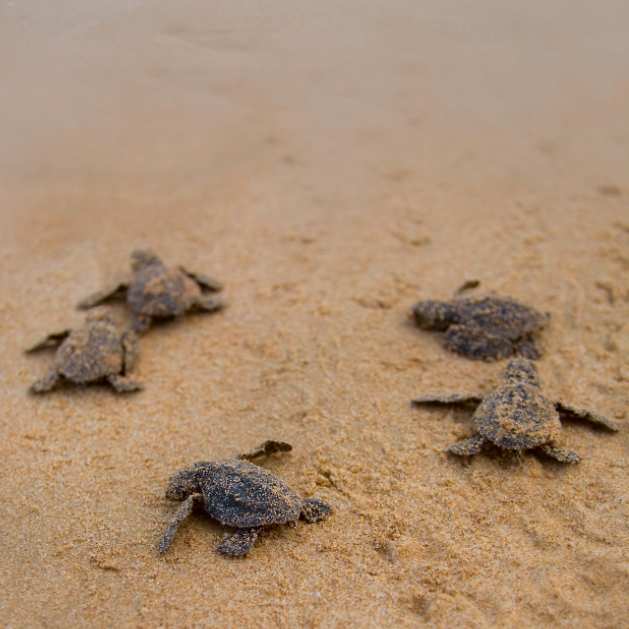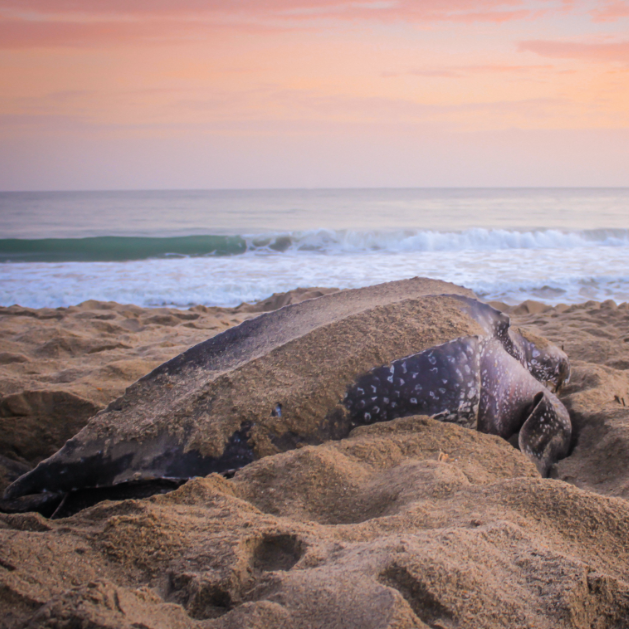(This mixture makes a 23cm (9 inch) round or 20cm (8 inch) square cake)
340g*/12 oz plain flour
½ tsp. Salt
1 tsp. Mixed spice
1 tsp. Cinnamon
100 or 110g*/4 oz candied peel
1 kg/2 lb. dried fruit (preferably
½ kg/1 lb. currants; 225g*/8 ozs sultanas; 225g*/8 ozs raisins)
100g* 4 ozs blanched almonds chopped finely, grated rind 1 lemon
4 tbsp. milk
225g*/8ozs margarine or butter
4 eggs sherry or brandy
225g*/8ozs Demarara sugar.
1 tbsp. black treacle
Method
Sieve together dry ingredients. Mix peel, cherries, fruit, chopped almonds and lemon rind. Wisk eggs, milk, sherry/brandy together. Cream fat, sugar and black treacle until soft. Add flour and egg mixtures alternately to creamed mixture – do not over beat when mixing. Put into cake tin, lined inside with double thickness of greased paper round sides and brown paper and greased greaseproof paper at the bot-tom. Tie a double band of brown paper round the outside of tin, standing well above the top of it. Put in middle of very moderate oven. Bake 3 ¼ – 3 ½ hours at Mark 3 for the first 1½ hours, then Gas Mark 2 for the remaining time. In electric oven put cake in at 300° – 500° F, 150° – 180° C and after 1 ½ hours reduce heat to 275° – 300° F, 150°C. Cool in cake tin, then store in airtight tin. For very moist cake prick cold cake and pour a little sherry at intervals before icing. Cover with marzipan and royal icing.
Gives exact same sized cake as Imperial measurements.
Christmas cake recipe may be made richer by increasing fruit to 1 ½ kg (3 lbs.).
Cake then takes 1 hr longer to bake and the recipe will make one 25cm (10 inch) cake or smaller 13, 15 and 20cm (5, 6 and 8 inch) cakes. Bake at least 6 weeks before wedding.


